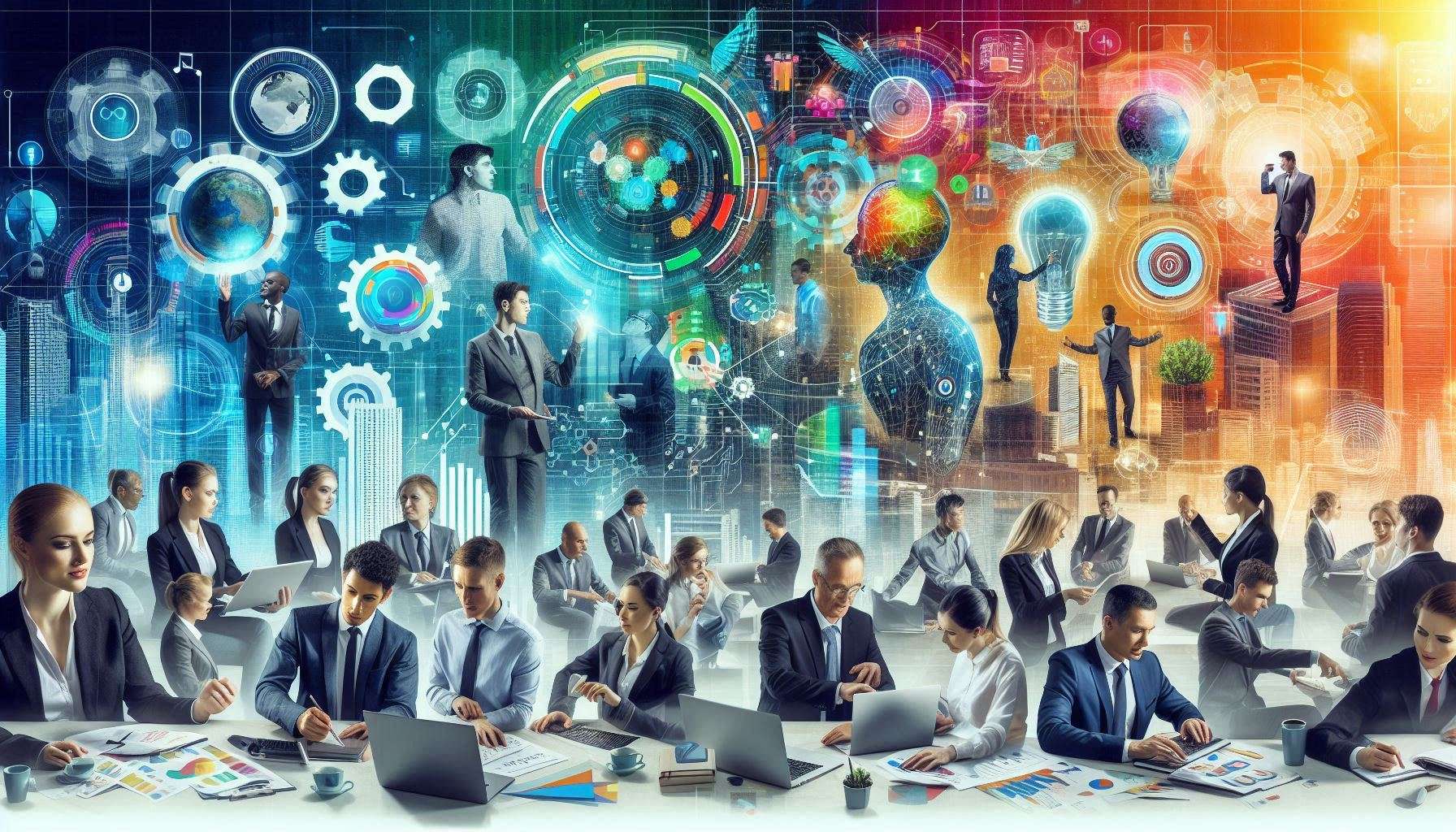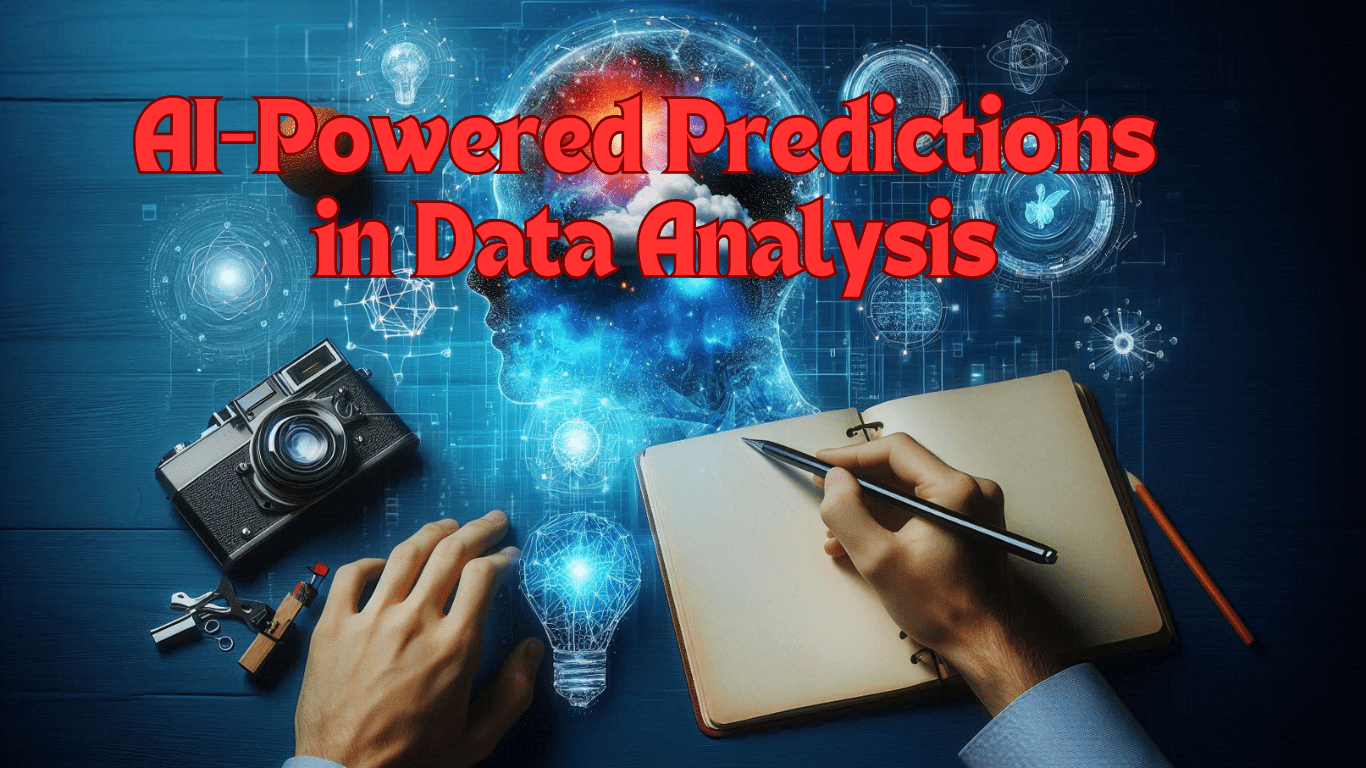From Automation to Augmentation: The Evolution of AI in Business
Introduction to the Evolution of AI in Business: The world of business is undergoing a significant transformation with the integration of Artificial Intelligence (AI). From automation to augmentation, AI is revolutionizing the way companies operate, making tasks more efficient, and improving decision-making processes. AI in business is no longer a novelty, but a necessity for companies to stay competitive in today’s fast-paced market.
The evolution of AI in business has been a gradual process, with various stages of development. Initially, AI was used for simple automation tasks, such as data entry and bookkeeping. However, with advancements in technology, AI has become more sophisticated, enabling businesses to leverage its capabilities for more complex tasks, such as predictive analytics and decision-making. Today, AI is not just a tool for automation, but a partner in business, augmenting human capabilities and enhancing productivity.
From Automation to Augmentation: The Evolution of AI in Business
Artificial intelligence (AI) has rapidly evolved from automating repetitive tasks to augmenting human capabilities, fundamentally transforming how businesses operate, compete, and innovate. As we move through 2025 and beyond, AI is not just a tool for cost reduction—it’s a catalyst for smarter decision-making, hyper-personalization, and business growth.
The Early Days: Automation and Efficiency
AI’s initial business applications focused on automating routine, rule-based processes. Robotic process automation (RPA) streamlined data entry, invoice processing, and other repetitive back-office tasks, delivering significant efficiency gains and freeing employees for higher-value work. AI-powered chatbots began handling basic customer queries, reducing response times and operational costs.
The Shift to Augmentation: AI as a Business Partner
By 2025, AI’s role has expanded from automation to augmentation. Rather than merely replacing human labor, AI now works alongside people, enhancing productivity, creativity, and strategic decision-making. Agentic AI, or autonomous AI agents, can plan and execute multi-step tasks—such as processing payments, checking for fraud, and managing logistics—while collaborating with human teams.
Key examples:
-
Salesforce Agentforce: Empowers users to deploy autonomous AI agents for complex workflows, simulating product launches and orchestrating marketing campaigns.
-
Microsoft Copilot & Azure AI: Streamline document processing, content creation, and internal knowledge management, saving thousands of manual hours and boosting productivity across organizations like Toshiba and Wells Fargo.
-
AI-powered CRM & Automation: Salesforce Einstein and UiPath RPA optimize sales, customer interactions, and operational workflows, blending automation with human insight.
AI-Driven Decision Intelligence
One of the most transformative shifts is AI’s role in decision intelligence. Machine learning and advanced analytics enable businesses to extract actionable insights from vast datasets, predict trends, and make data-driven decisions faster and more accurately than ever before.
-
Predictive analytics: AI models forecast customer behavior, market demand, and operational risks, enabling proactive strategies.
-
Business intelligence: AI-powered dashboards and analytics tools provide real-time insights for executives and teams.
Hyper-Personalization and Customer Experience
AI now powers hyper-personalized customer experiences, analyzing individual behaviors and preferences to tailor marketing, product recommendations, and support interactions. Virtual assistants and chatbots have evolved into conversational agents capable of resolving complex issues, driving satisfaction and loyalty.
AI in Business Growth and Innovation
AI is a growth engine, enabling companies to:
-
Accelerate research and development cycles
-
Optimize supply chains and logistics
-
Enhance cybersecurity with real-time threat detection
-
Automate content creation and marketing campaigns.
Industry leaders are leveraging hybrid AI solutions—combining generative AI, machine learning, and digital twins—to innovate and stay ahead of competitors.
Challenges and the Human Factor
While AI adoption is accelerating, most companies are still maturing their AI capabilities. Key challenges include:
-
Upgrading tech infrastructure and data governance
-
Building AI skills and talent
-
Ensuring ethical, responsible AI use
The future of AI in business is not about replacing humans but empowering them. Companies that foster collaboration between AI and their workforce—investing in upskilling and change management—will unlock AI’s full potential.
Conclusion
The evolution of AI in business—from automation to augmentation—marks a new era of digital transformation. Organizations that embrace AI as a partner, not just a tool, will lead in efficiency, innovation, and customer satisfaction. As AI continues to advance, its greatest value lies in augmenting human intelligence, enabling businesses to thrive in an increasingly complex and competitive world.



hoggx0
5e2039
xd55ha
u85spd